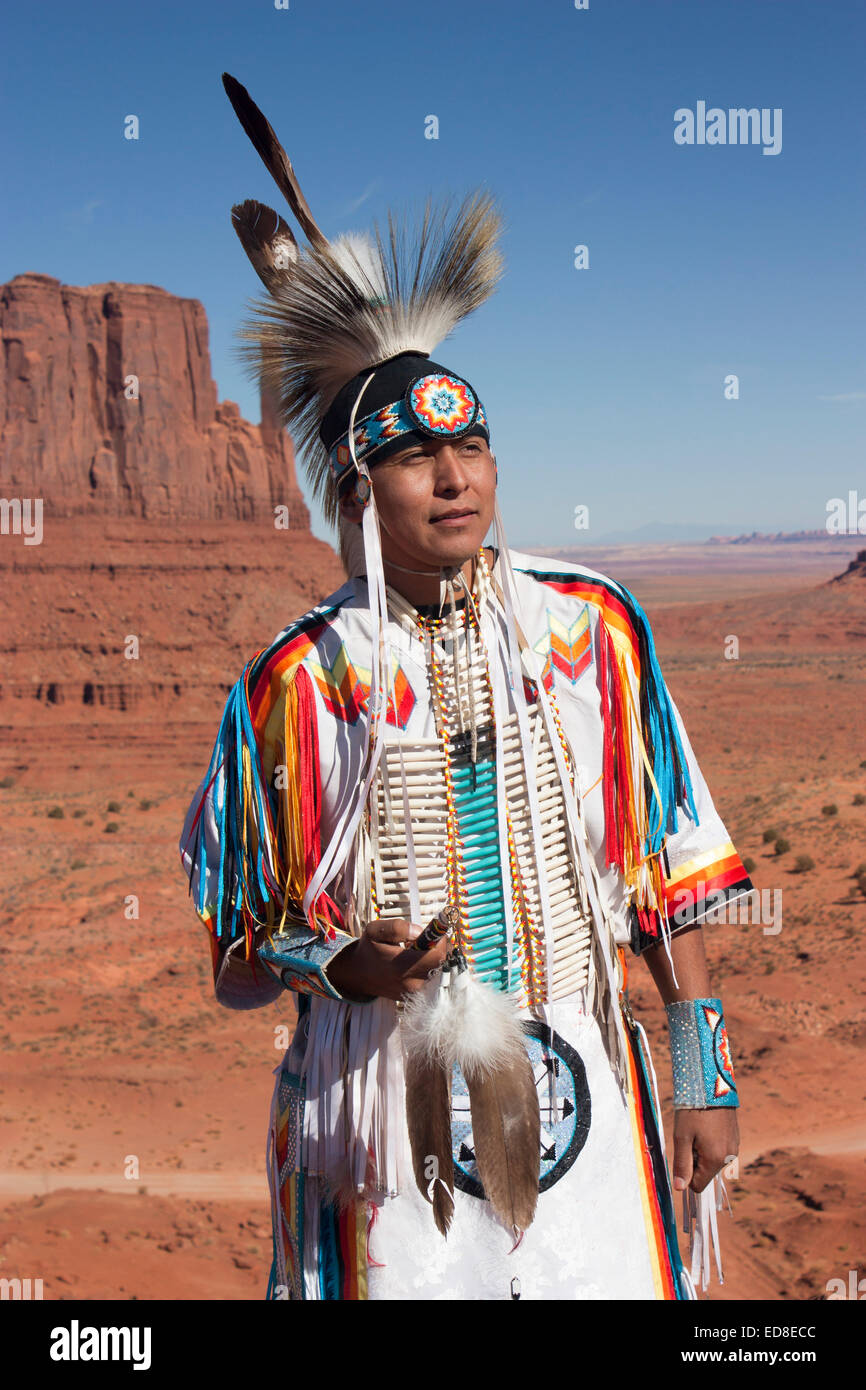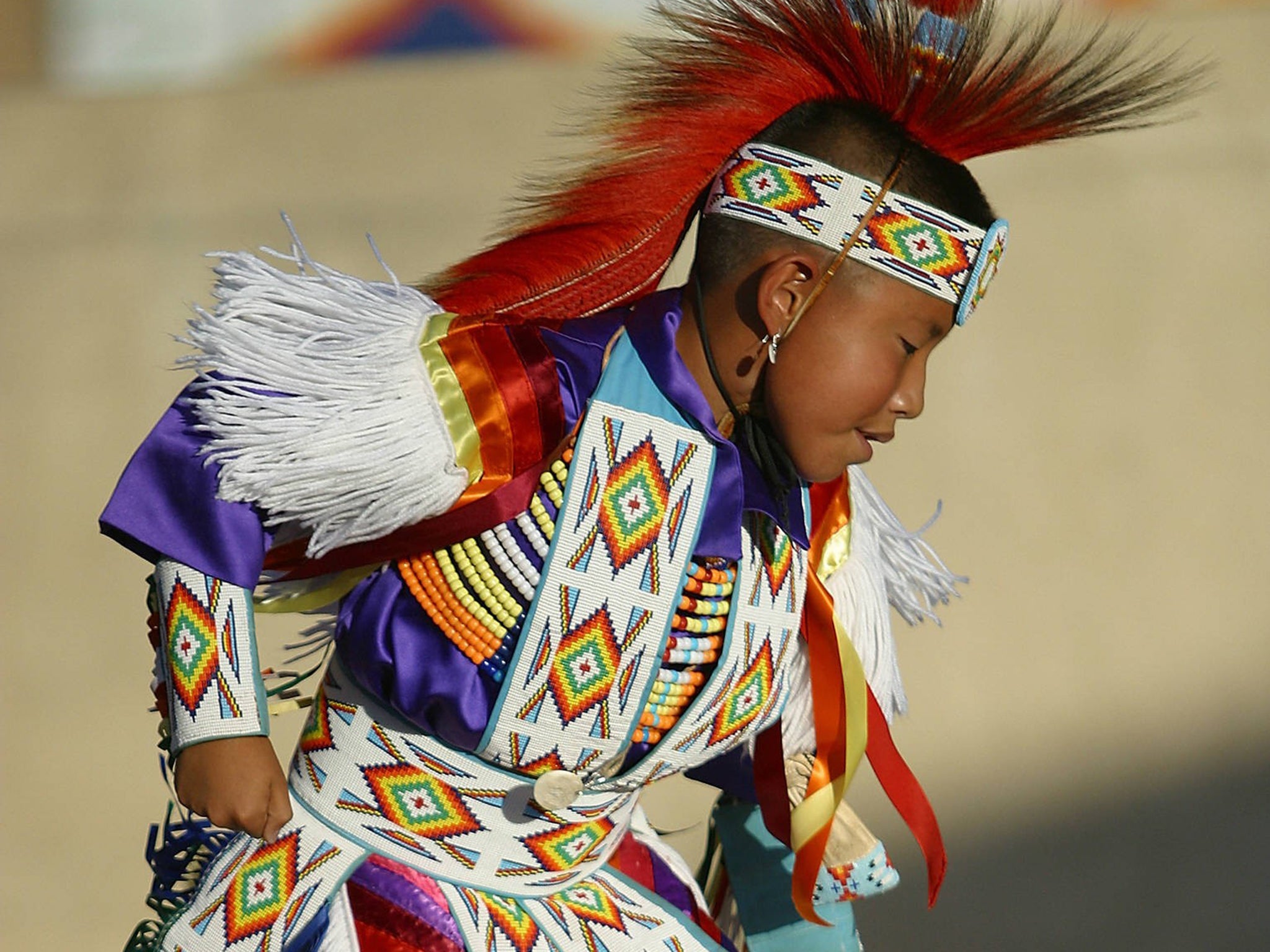
Echoes in Stone: Navigating the Sacred Trails of the Navajo Nation in Arizona
The Arizona landscape is a tapestry woven from crimson earth, endless sky, and ancient wind, but nowhere does it resonate with such profound cultural depth and raw, untamed beauty as within the Navajo Nation. Spanning vast tracts of northeastern Arizona, alongside parts of Utah and New Mexico, this sovereign land offers an unparalleled hiking experience – one that transcends mere physical exertion to become a journey into the heart of Diné (Navajo) history, spirituality, and geological wonder. These aren’t just trails; they are pathways into a living heritage, demanding respect, fostering introspection, and promising an adventure unlike any other.
Direct access to many of the most breathtaking areas within the Navajo Nation is a privilege, often requiring the guidance of a local Diné guide. This isn’t a bureaucratic hurdle but a fundamental aspect of respecting tribal sovereignty and ensuring a safe, culturally enriched experience. These guides are not just navigators; they are storytellers, historians, and guardians of the land, sharing perspectives and insights that no guidebook could ever convey. They illuminate the spiritual significance of the towering mesas, the whispering slot canyons, and the petrified forests, turning a simple hike into a profound educational and spiritual encounter.
One cannot speak of Navajo Nation trails without first addressing the ethereal beauty of Antelope Canyon. Located near Page, Arizona, this slot canyon is a geological masterpiece, sculpted over millennia by flash floods into swirling, sandstone artistry. Divided into Upper and Lower Antelope Canyon, both offer distinct experiences. Upper Antelope, with its wider, A-shaped base, allows sunlight to stream down, creating dramatic light beams that dance across the canyon walls, particularly at midday. Lower Antelope, narrower and deeper, demands more agility, featuring ladders and tighter squeezes, but rewards visitors with a more intimate, sinuous journey through its vibrant orange, red, and purple passages. Access to both is strictly by guided tour only, led by authorized Navajo guides. These tours are immensely popular, and for good reason: the visual spectacle is simply unmatched. Fact: Antelope Canyon is one of the most photographed slot canyons in the world, its ever-shifting light and shadow providing endless artistic inspiration. The guides often point out formations resembling animals or figures, adding a layer of imaginative storytelling to the natural wonder.
Further east, Canyon de Chelly National Monument stands as a testament to human resilience and continuity, having been continuously inhabited for over 5,000 years. Jointly managed by the National Park Service and the Navajo Nation, Canyon de Chelly offers a unique blend of archaeological riches and breathtaking natural beauty. While visitors can drive the North and South Rim drives for panoramic overlooks into the vast, sheer-walled canyons, true immersion requires descending into the canyon floor. With the exception of the White House Ruin Trail – a self-guided 2.5-mile roundtrip hike that leads to ancient cliff dwellings – all other access to the canyon bottom demands a permitted Navajo guide. These guides lead hikers and jeep tours through the canyon, revealing hidden petroglyphs, ancient Anasazi and Navajo cliff dwellings like the iconic Spider Rock, and the lush agricultural fields still cultivated by Navajo families today. "This land," a fictional but representative Navajo guide might say, "is not just a view. It is our home, our history, our church. Every rock, every shadow, holds a story of our ancestors and our ongoing life here." The experience of walking among the cottonwoods and gazing up at the sheer sandstone walls, knowing generations have done the same, is deeply moving.
While often associated with Utah, the iconic red rock spires and vast, open plains of Monument Valley Navajo Tribal Park spill into northern Arizona, offering another distinct hiking experience. Though primarily famous for its scenic drive, the park also features the Wildcat Trail, a self-guided 3.2-mile loop trail that circles the base of the majestic Merrick Butte and the iconic Mittens. This is the only unguided trail within the park, allowing visitors a rare opportunity for independent exploration amidst the landscape that has defined the American West in countless films. The solitude found on the Wildcat Trail, far from the bustling overlooks, allows for a deeper appreciation of the sheer scale and geological grandeur of Monument Valley. The wind whispers tales through the towering sandstone monoliths, some reaching 1,000 feet into the sky, creating a sense of timelessness and connection to the earth.

Beyond these well-known destinations, the Navajo Nation in Arizona holds countless other opportunities for discovery, often requiring greater planning and the invaluable assistance of local guides. Areas like the Little Colorado River Gorge, offering dramatic, lesser-seen perspectives of the Grand Canyon from its eastern rim, provide stunning vistas without the crowds of the national park. Here, local vendors often offer crafts and insights, and permitted trails, though less developed, lead to breathtaking overlooks. The sheer vastness of the Navajo Nation means that with the right guide, unique and personalized hiking adventures can be tailored, whether it’s exploring ancient trade routes, seeking out hidden waterfalls in seasonal washes, or simply walking through landscapes that feel utterly untouched by time.
Preparing for a hike in the Navajo Nation is paramount. The Arizona desert climate is unforgiving, characterized by extreme temperatures that can swing dramatically between day and night, even in the same season. Hydration is non-negotiable; carry more water than you think you’ll need. Sturdy hiking boots, sun protection (hat, sunscreen, sunglasses), and layers of clothing are essential. Flash floods are a serious hazard in slot canyons and washes, even during clear weather miles away, so always heed weather warnings and guide instructions. Moreover, the remote nature of many areas means limited cell service and amenities, emphasizing the need for thorough preparation and self-sufficiency.
Beyond practical considerations, cultural respect is the cornerstone of any visit. The Navajo Nation is a sovereign entity with its own laws and customs. "Leave No Trace" principles are not just guidelines but a sacred obligation: pack out everything you pack in, stay on marked trails (or with your guide), and never disturb archaeological sites or natural formations. Photography of individuals, ceremonies, or homes should always be done with explicit permission. The land, or Nihosdzáán, is considered sacred, a living entity that provides and sustains. Approaching it with reverence enhances the entire experience.
The rewards of hiking in the Navajo Nation are profound. It’s an opportunity to witness geology in its most artistic forms, to walk in the footsteps of ancient peoples, and to gain a deeper understanding of a vibrant, living culture. The silence of the desert, broken only by the wind or the call of a raven, can be incredibly meditative. The night skies, far from light pollution, burst with a million stars, offering a celestial spectacle that grounds and inspires. It’s a journey that challenges the body, calms the mind, and nourishes the spirit.
In an increasingly commodified world, the Navajo Nation offers an authentic, powerful connection to nature and culture. By embracing the requirement for guides and permits, visitors not only ensure their own safety and enrich their experience but also directly contribute to the economic well-being and cultural preservation of the Diné people. These fees support local families, help maintain the land, and allow future generations of Navajo to share their homeland and heritage with the world. Hiking here isn’t just an activity; it’s an act of respect, a lesson in history, and an unforgettable immersion into the heart of Arizona’s most sacred and spectacular landscapes. It’s an invitation to walk in beauty, Hózhó, and carry that beauty within you long after the red dust settles from your boots.


